- After years of continuous infrastructure investment, the local infrastructure has been greatly improved
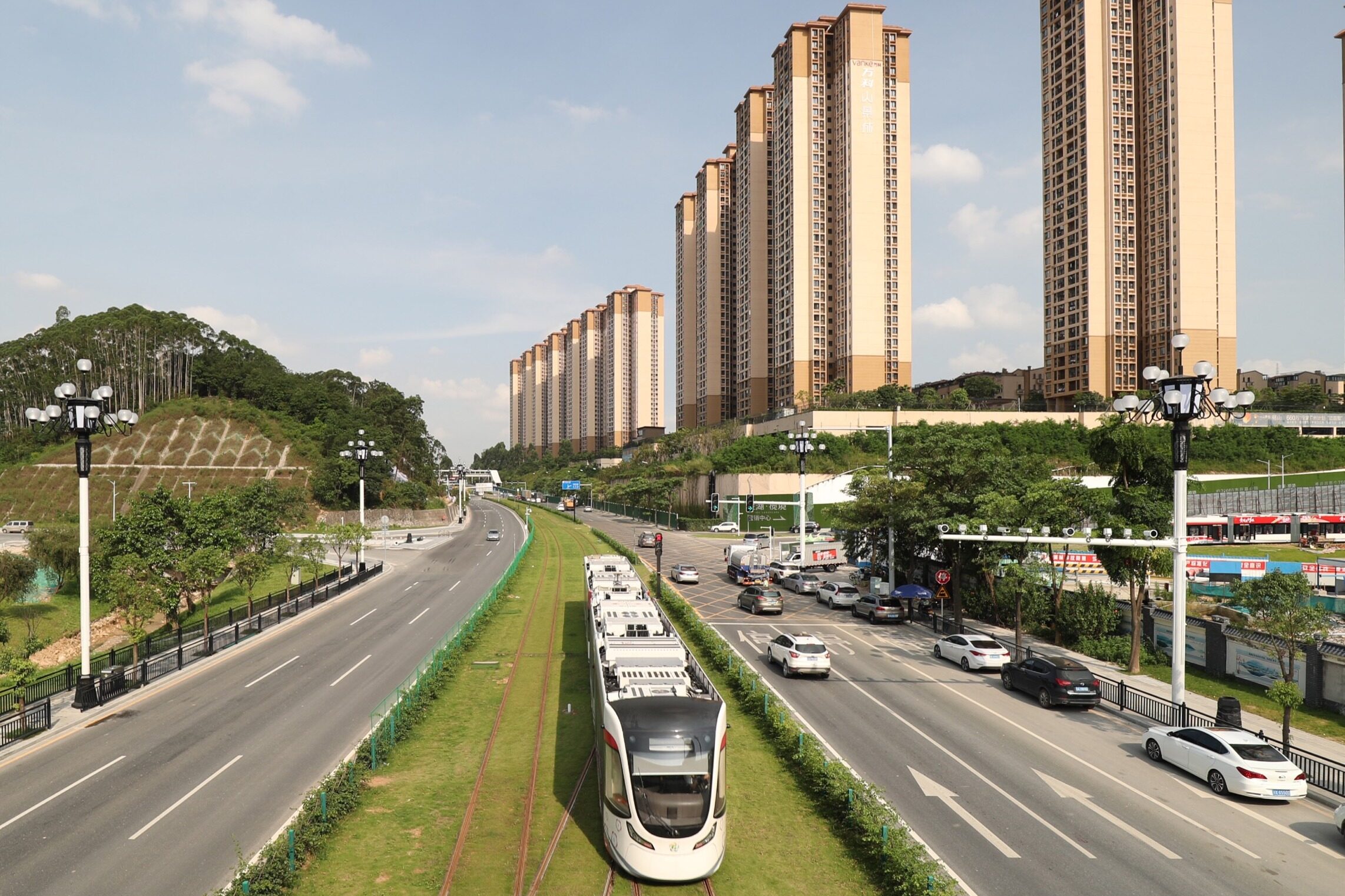
The Zhuhai Municipal Transportation Bureau hosted a hearing on "Major Administrative Decisions for the Disposal of the First Phase of the Zhuhai Modern Tram Line 1 Project" on May 31, and a major administrative decision for the disposal of the first phase of the Zhuhai Modern Tram Line 1 project have a discussion. This hearing is composed of 16 citizens, interested companies, representatives of the National People's Congress, CPPCC members, and experts. Among them, there are 8 citizen representatives, accounting for half of the hearing representatives, and they are divided into residents along the line and residents outside the line.
According to the hearing presenter, the first phase of the city's Hyundai Tram Line 1 was officially started in September 2013, and trial operation was opened in June 2017. Due to defects in power supply technology, frequent failures, low passenger flow and high operating costs, continuous technological transformation has not met the expected requirements, the social functions of rail transit have not been fulfilled, and there are many hidden safety hazards in the operation process. During the two sessions of the city in February 2021, a number of members of the CPPCC and representatives of the people's congress suggested that the municipal party committee and the municipal government dismantle tram line 1 as soon as possible.
16 representatives made presentations, questions and questions about “Should Hyundai Tram Line 1 be demolished?” “After demolishing, how will the rights and interests of TOD town residents be protected?” “How to deal with the original tracks and equipment?” After discussion, the final voting result was that most representatives supported the removal of tram line 1. This means that the Zhuhai Tram Line 1 project, which has been built and operated for only 4 years and invested more than 2 billion yuan, is about to be demolished.
So, why does a project that cost a lot of money eventually go to the demolition situation? What are the implications for future rail transit and TOD projects? How will it change the investment decision-making procedures of local governments for major projects?
Investment risk of industry + infrastructure model
The Zhuhai tram project is quite different from traditional infrastructure projects. It is neither traditional government direct investment nor social capital through the PPP model for market operation, but the more popular "industry + infrastructure model" in recent years. . That is to combine industrial investment and infrastructure projects, and through the government's order for infrastructure construction, the corresponding industries will be introduced to the local investment and development, and the industrial chain will be cultivated, so as to achieve a win-win cooperation between the government and social capital.
According to public information disclosure, on July 15, 2011, the former CNR and the Zhuhai Municipal Government signed a strategic cooperation framework agreement. "As the first start-up project, it will build the country's first modern tram and ground power supply system production base. In November of that year, CRRC Dalian established the former CNR Equipment Engineering Co., Ltd. (now renamed "Zhuhai Equipment Company") in Zhuhai.
From the perspective of the cooperation framework, the cooperation between the Zhuhai Municipal Government and CRRC is indeed a "combination of power and mutual benefit." And the planning framework at that time was very large:
From the perspective of infrastructure investment, Zhuhai Modern Tram has 10 planned lines with a total length of 173.9 kilometers, covering the main transportation corridors of the east and west plates, forming a multi-level and multi-mode green transportation network in Zhuhai, and constructing a tram as an example. As the backbone, buses are the main body, multi-level green public transportation systems such as taxis, bicycles, etc., and diversified public transportation tools are coordinated and effectively connected.
From the perspective of industrial investment, Zhuhai is a key measure for China CNR to move southward and to seize the development of trams, the emerging rail transit equipment market; if the Zhuhai project can be turned into a typical case, combined with the explosion of the rail transit market at that time The growth, the industrial development and upstream and downstream enterprises that will be driven by this, will greatly promote the industrial upgrading and local economy of Zhuhai City.
However, this seemingly perfect model essentially allows local governments to directly intervene in unfamiliar industrial investment fields; it is extremely easy to face industrial development risks, technology immature risks, and market risks. This also makes this model extremely prone to problems, causing infrastructure projects and industrial investment to fall into a dilemma at the same time; the Zhuhai tram project is facing demolition for this reason.
CRRC uses the technology of Italian Ansaldo Co., Ltd. (Ansaldo, hereinafter referred to as "Ansaldo") on the Zhuhai tram. This technology has no mature application cases in the world, and Zhuhai is the first city to land. The relevant person in charge of Zhuhai Urban Construction Group admitted in a report in the "Pearl River Evening News" on April 12, 2016 that Ansaldo's 100% low-floor modern tram design and manufacturing technology currently only has a test section in Italy, and there is not enough commercial use. Cases can be used for reference, so there are many technical problems encountered in actual debugging. These problems can only be solved and overcome by Chinese experts.
This point was also made clear in the Zhuhai Municipal Transportation Bureau’s "Major Administrative Decision on Disposal of the First Phase of Zhuhai Modern Tram Line 1 Project (Draft for Solicitation of Comments)": The first phase of Tram Line 1 was launched in September 2013. The project officially started in October. The total length of the project is about 8.89 kilometers. It adopts imported 100% low-floor electric vehicles (using magnetic third-track ground power supply technology) imported from abroad. The actual construction period of the project is about one and a half years, but due to power supply technology It is immature and unstable. During this period, the technical transformation has been continuously carried out. The trial operation will be opened on June 13, 2017. In the past four years since the trial operation was opened, the tramcar technology company has continued to carry out technical transformations, but the technical defects of the third track ground power supply system have not been overcome so far, and short-circuit failures, water seepage and electricity leakage have occurred from time to time.
In addition, the tram project has a large proportion of operational incidents caused by the failure of the ground power supply system, frequent ground traffic accidents, and leakage of power supply module equipment during the rainy season. According to the statistics of the tram operating company, during the operation period, there were 19 safety accidents, including 7 traffic accidents, accounting for 37%, and 5 incidents related to the ground power supply system, accounting for 26%; a total of 30 local interruptions occurred. There were 77 operational incidents over 1 minute, of which 58 were caused by the failure of the ground power supply system, accounting for 75%. According to the statistical standards of the “Administrative Measures for the Information Reporting and Analysis of Dangerous Events in Urban Rail Transit Operations” issued by the Ministry of Transport in 2019, there were 11 operational risk incidents in the first phase of tram line 1 in 2020, of which 11 incidents were directly related to the power supply system. There were 5 related large-scale power outages and 5 train conflicts (collision between trams and ground power supply equipment).
In the case of technical defects that cannot be overcome and affecting operations, the passenger flow of Zhuhai trams is always low, and subsequent planning projects cannot be launched; coupled with failures and impacts on the existing transportation system, they will eventually fall into dismantled Embarrassing situation. This also caused Zhuhai's entire tram industry to stagnate, and infrastructure investment and industrial economy were forced to enter a deadlock.
Therefore, the Zhuhai tram project is a typical failure case of the "infrastructure + industry model", and it also exposes the major risks that local governments may face when they are deeply involved in the industry. Local governments can support industrial development and give industrial subsidies, but they directly participate in industrial investment through infrastructure projects, and the risks and responsibilities they bear may have exceeded the scope of the local government's powers and responsibilities, and also exceeded the boundary line of government subsidized industrial projects. .
Dislocation of infrastructure investment and market demand
Before 2015, due to the rapid development of localities and the long-term lack of infrastructure and public services, the impulse of local governments to invest in infrastructure projects was relatively high, and there were few assumptions about whether actual demand would be insufficient. But in the Zhuhai tram project, we really saw a common situation:
After years of continuous infrastructure investment, the local infrastructure has been greatly improved. New projects are no longer absolutely correct and must be considered in light of the actual situation; but many places have not reversed the inertial thinking that has existed for many years, and lack of market demand Argumentation and overall consideration.
From the disclosed data, we can see that since the trial operation of the Zhuhai tram, the departure interval is 10 to 17 minutes, the average daily passenger flow is 3,378, and the passenger flow intensity is 404 per kilometer per day. There is a large gap in the intensity of 7,700 passengers per kilometer per day. The advantage of rail transit's large passenger capacity has not been exploited, and the social benefits are not ideal.
And, judging from the improvement measures taken by the Zhuhai Transportation Bureau after the tram was out of service, this tram may not need:
After the first phase of Zhuhai Tram Line 1 was suspended on January 22, 2021, the public transportation network along the line was encrypted and optimized to ensure the travel needs of citizens. A new 17A conventional bus line that completely overlaps with the first phase of the original tram line 1 is added, and the 5 conventional bus lines that have been running on Meihua Road (namely 16, 17, 55, B5, B6) are completely covered. Lines and stations of tram line 1 in the first phase of operation. Since March 8, the average daily passenger flow of regular buses on Meihua Road has reached 3,210, which fully assumes the daily passenger flow of the original tram line 1 (the average daily passenger flow in 2020 and 2021 is 2615 and 2830 respectively) ), the optimization of the bus network along the route can meet the needs of passengers for bus travel.
Therefore, the dismantling of the Zhuhai tram is a warning to the majority of local governments: investment projects need to be cautious, market demand must be strictly controlled, and the input-output ratio of fiscal funds must be further increased. At a time when the local debt rate is high, it is obviously not advisable to ignore the pocketbook.
The conflict between high subsidies and local finances
At present, all domestic rail transit projects require government subsidies to operate, and the proportion of user charges is particularly low; the Zhuhai tram project is no exception, and the charge before the shutdown is only 1 yuan per person. As a result, the operating subsidy of the project is very high, which is inefficient and also brings a great burden to the local finance.
According to the Zhuhai Municipal Transportation Bureau, the first phase of tram line 1 has high operating costs and low actual performance, and timely removal can effectively avoid further waste of financial resources. According to the calculation of the tram operating company, during the trial operation period, the total ticket revenue was 3.87 million yuan, and the financial subsidy allocation was 179 million yuan. The average annual financial subsidy was more than 44 million yuan, plus the annual depreciation cost of the project was about 47 million yuan. The operating cost is about 91 million yuan. In addition, the eight tramcars have reached the end of their repair life, and the repair cost is about 28.8 million yuan. In considering the factors of demolition, high operating costs and the need for continuous investment are also very important factors.
In 2017, the National Development and Reform Commission urgently halted the construction of rail transit in many cities. It also saw the continuous burden of high-subsidy projects on local finances, and these long-standing debt pressures also constituted the hidden local government to some extent. Debt; local governments need to be cautious before starting a new project.
Keywords: infrastructure, infrastructure construction, infrastructure engineering news
Therefore, the enlightenment that this typical case brings to the local government is diverse, and there are many factors that are worth pondering in many dimensions. It not only allows local governments to rethink the boundaries between government investment and industry, but also makes people think deeply about the output and investment efficiency of infrastructure investment, and it also allows local finance to consider the real local financial resources from a long-term perspective.
Although it is hoped that such an investment failure case will not occur again, judging from the investment trends of local governments in recent years, the Zhuhai tram project will never be the last one. At the moment of overall industrial upgrading, the thinking and mode of infrastructure investment projects should also change. Editor/Xu Shengpeng
Comment
 Praise
Praise
 Collect
Collect
 Comment
Comment
 Search
Search


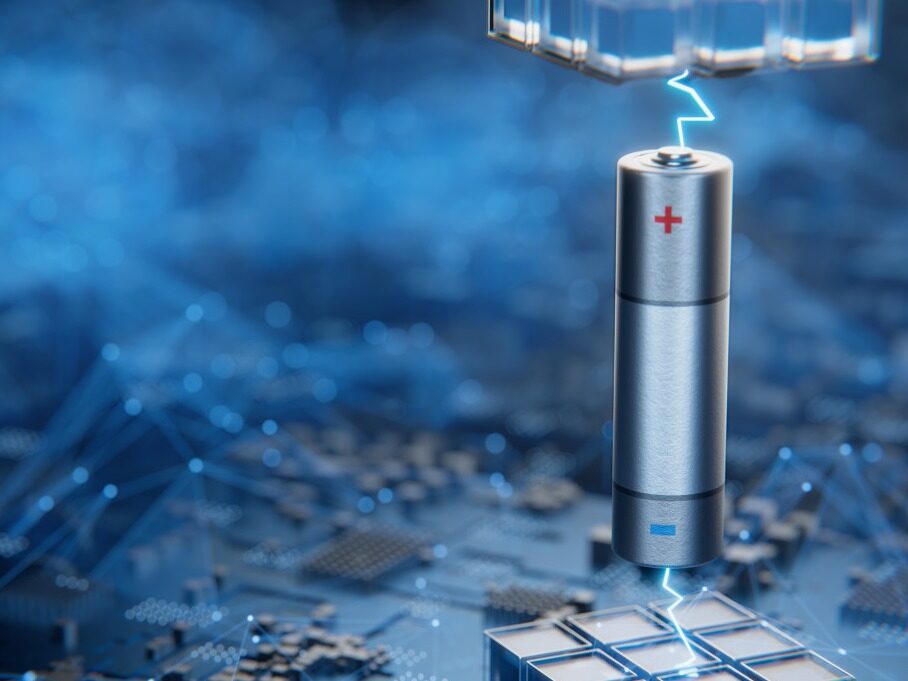
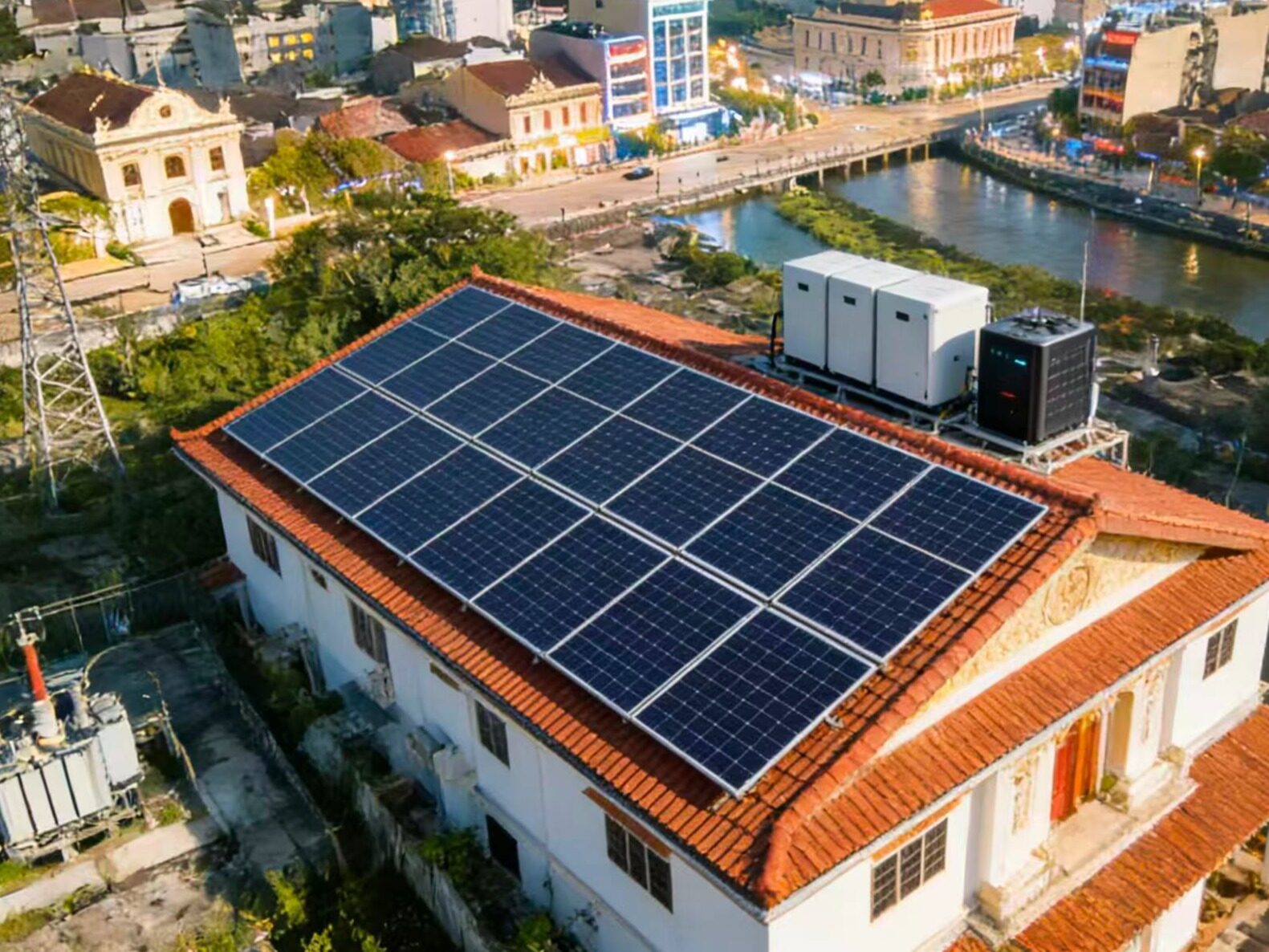

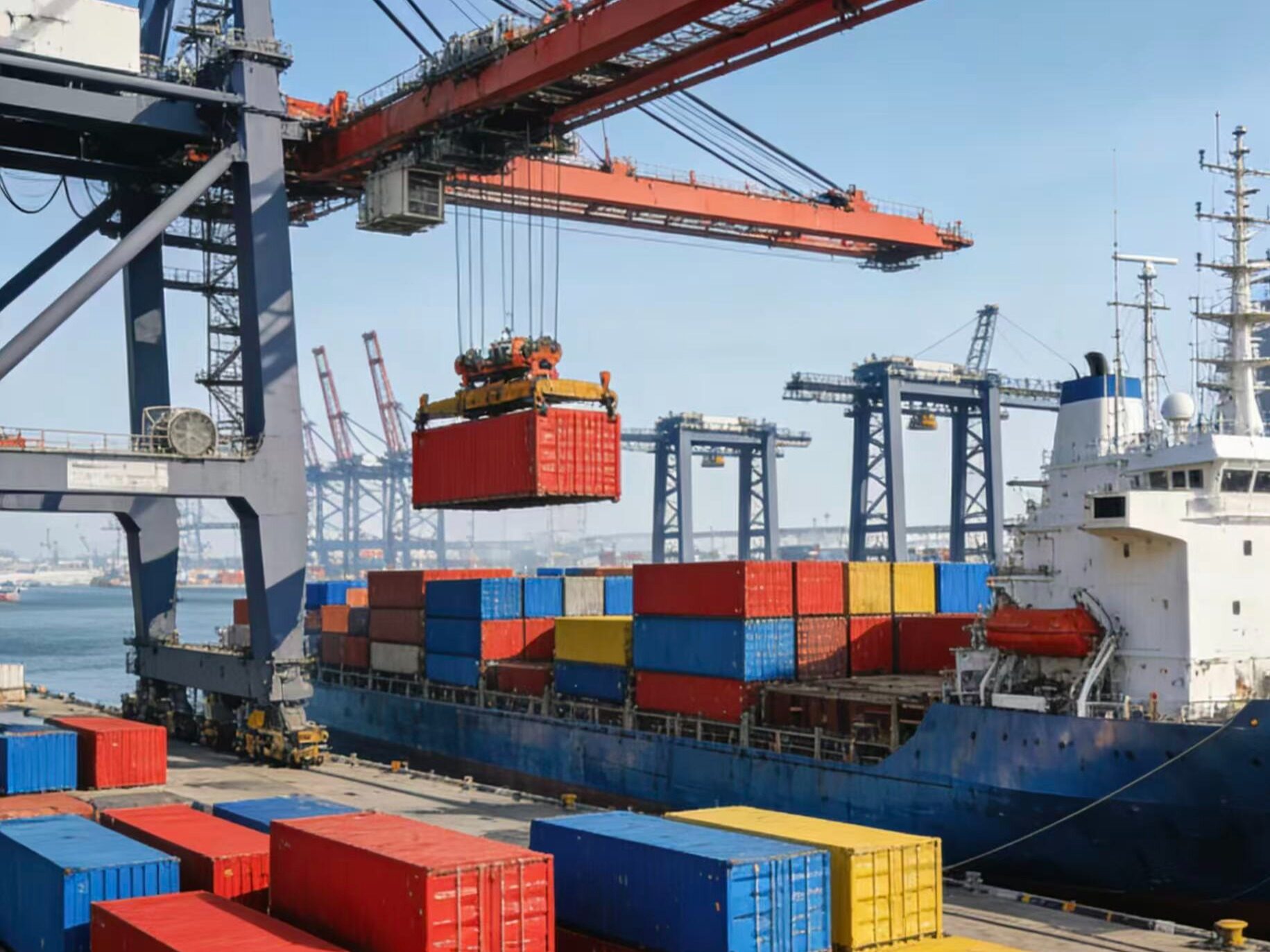
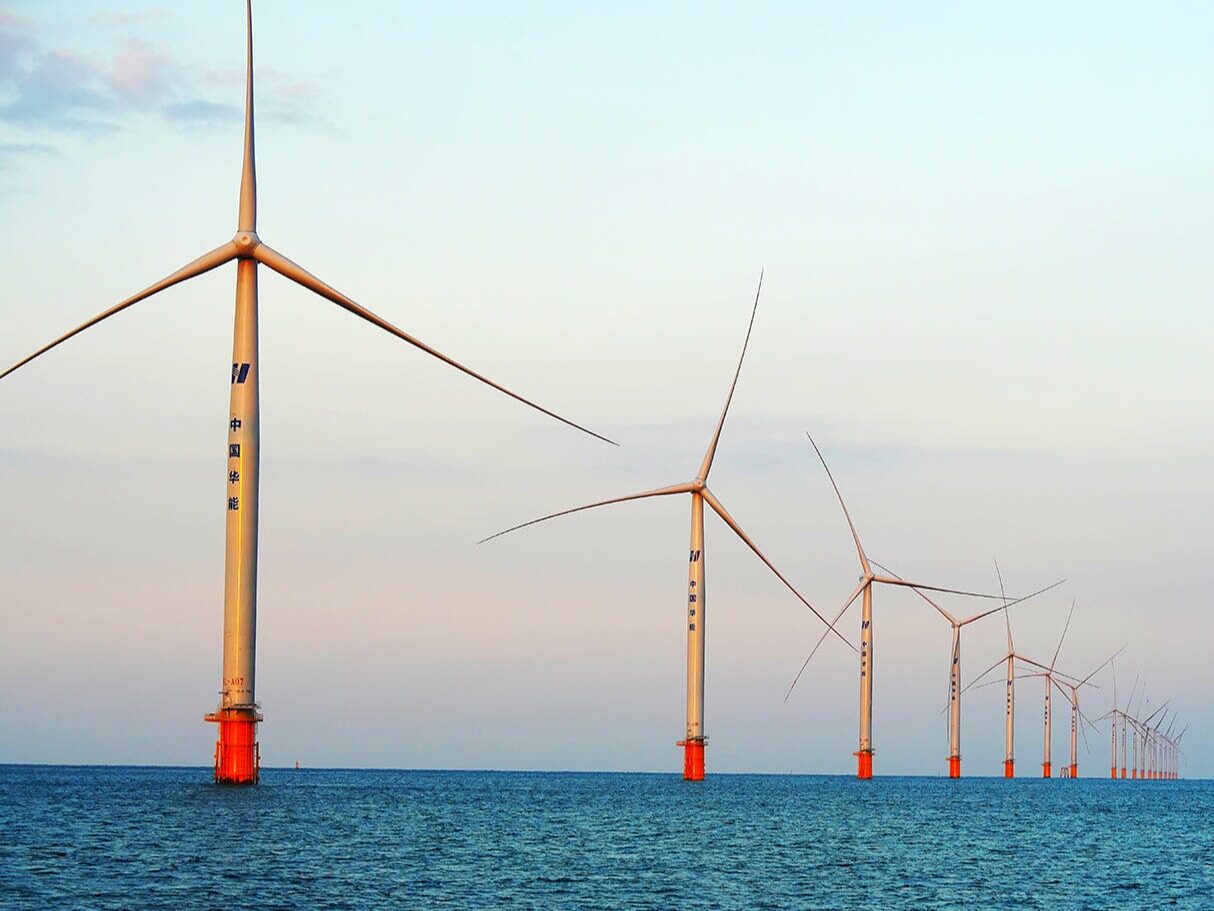
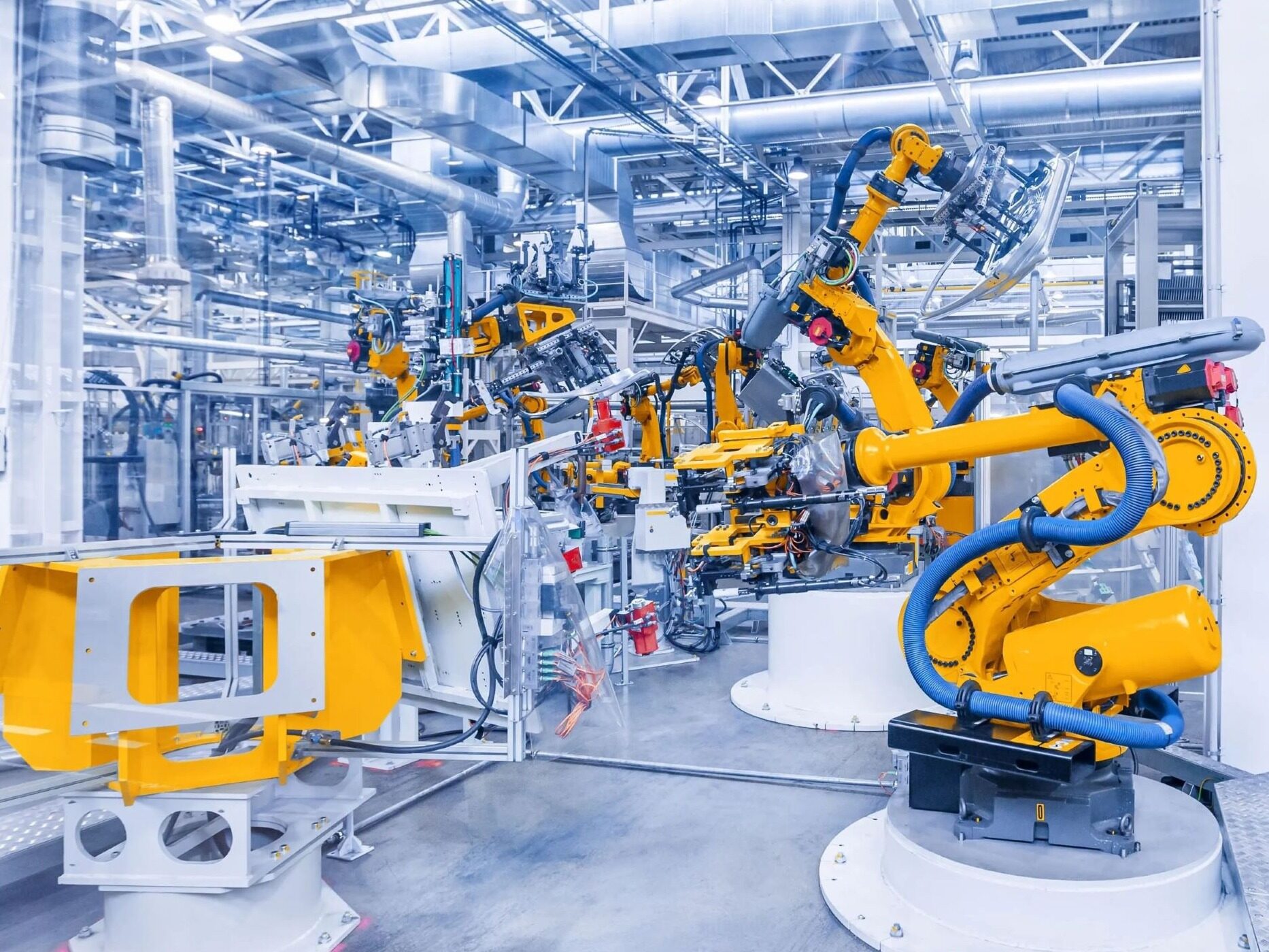






Write something~